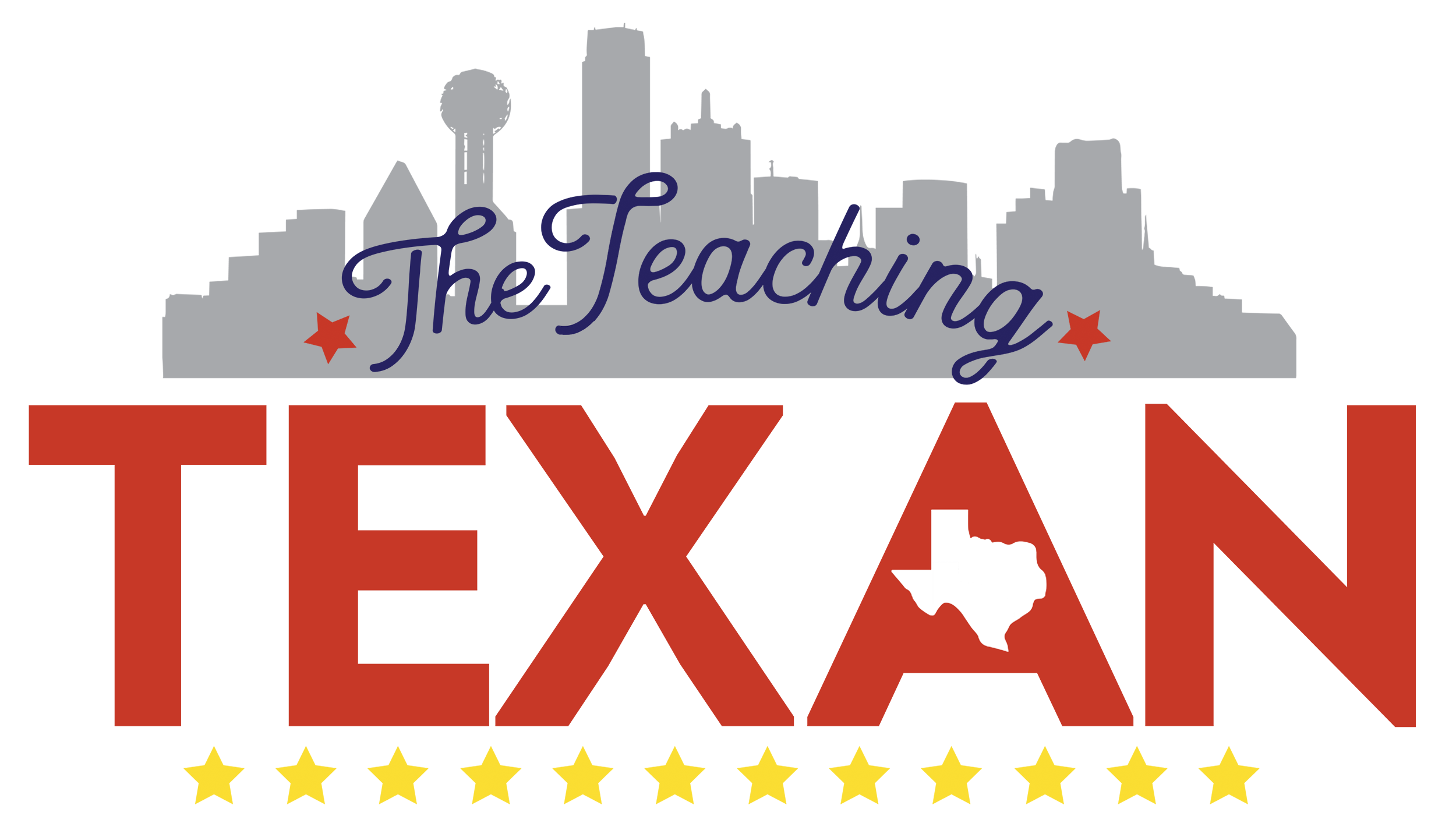How to Quickly Plan Small Group Reading with a Structured Literacy Approach
I’ll be the first to admit it… all of the truly amazing research that has become more mainstream about teaching reading and how children learn to read can feel overwhelming.
The research behind science of reading isn’t necessarily new, yet it still leaves even seasoned teachers scratching their heads about best practices – and let’s face it… we all want to help our students to the best of our ability.
That’s why I’m so excited to embark on a new series of mini posts to share what the research says, what I’ve learned, and what I’ve experienced success with when working with my students.
And yes mini means they are going to be shorter and more bite sized so you can visit each week, read in just a few minutes, and leave ready to implement!
Today I’m going to share 5 tips for planning small group literacy that will save you SO much time!

- The first thing I always recommend to teachers is to organize your data and plans.
I’ve been there and I’ve done that with searching here and there for notes about how students did, what we did in a previous lesson, who was able to show mastery of a given skill, and the list goes on…
Years ago I decided I’d had enough with literally wasting time trying to find the information I needed to even start planning, and I created a small group binder! And yes… it works for guided reading, structured literacy, or whatever it is your school calls small group literacy.
Inside is everything I need – previous small group lesson plans, blank assessment forms, and a tab for each student so I can look at his/her past assessments to inform my planning.
- Next, when sitting down to plan small group lessons the very first thing I do is look in my binder to see what we covered in the previous lesson(s).
Do I feel like my students did well or mastered the skill covered? Do they need a review? Do they need to see it a different way?

With that information at the forefront of my mind I take a look at past assessments to see if there are skills we need to spiral in for review or build on.
With all of this readily at hand I take the guesswork out of what my groups need to work on and immediately make the planning process not only incredibly faster but also easier.
Tip number 3 goes hand in hand with the data and observations I’m using in tip 2.
- Group students in fluid groups that have a shared need (skill, strategy, phonics pattern, etc).
Trust me on this one… When all of the students in your group share a common need you can easily pinpoint exactly what to focus on during your small group instruction.

It also makes differentiation built in and *almost* effortless because every group is getting instruction on the exact skills they need.
A word of caution though… the only way to create these types of groupings is to start with baseline data and refer back to your observations in small groups and assessments throughout the year.
And yes, fluid means I change my groups often. There’s no magic time table for this, but by meeting with my groups readily it becomes apparent when it’s time to mix things up!
- Use one book for 2 (sometimes even 3) lessons.
Yes, I used to feel the need to introduce a new book during every single one of my small group lessons. However, that really didn’t prove to be the most effective for my students (or for me).
It created twice as much prep work, and I found that each time I met with a group we were literally rushing to get through all of the components of the small group lesson.
And you know what else? Some students aren’t even ready for books just yet – whether it be a decodable book, leveled reader, beginner chapter book or other. Some kiddos need this time dedicated to building their foundational literacy skills like phonological awareness, phonics knowledge, and more.
In a later blog post we will explore what I do during each lesson to split one book between 2 (or 3) lessons.
- Lastly, follow a proven structure when you plan small groups.
If each time we sit down to plan we are recreating the wheel as to what order we are going to do things, trying to remember what skills to focus on, etc then we are inevitably going to increase the time it takes to plan.
I use the same frame work each time I meet with students depending on whether they are working on pre-reading skills or are developing their reading habits and skills.
Does that mean kids get bored? Absolutely not! I vary the activities, manipulatives used, books, etc so it’s always fresh yet I save so much time because my roadmap is already there for me!
So – there you have it! Five easy-to-implement tips for reducing the time it takes to plan your small group literacy instruction.
Head back to the blog next Sunday as we take a dive into what a small group lesson with pre-readers looks like!

